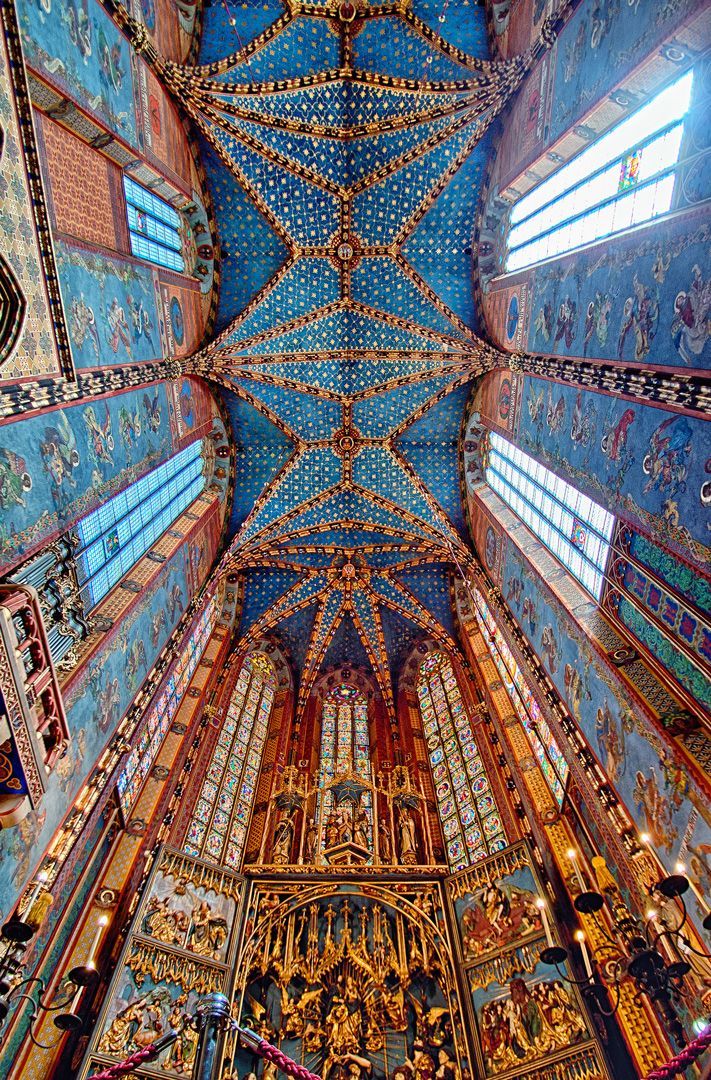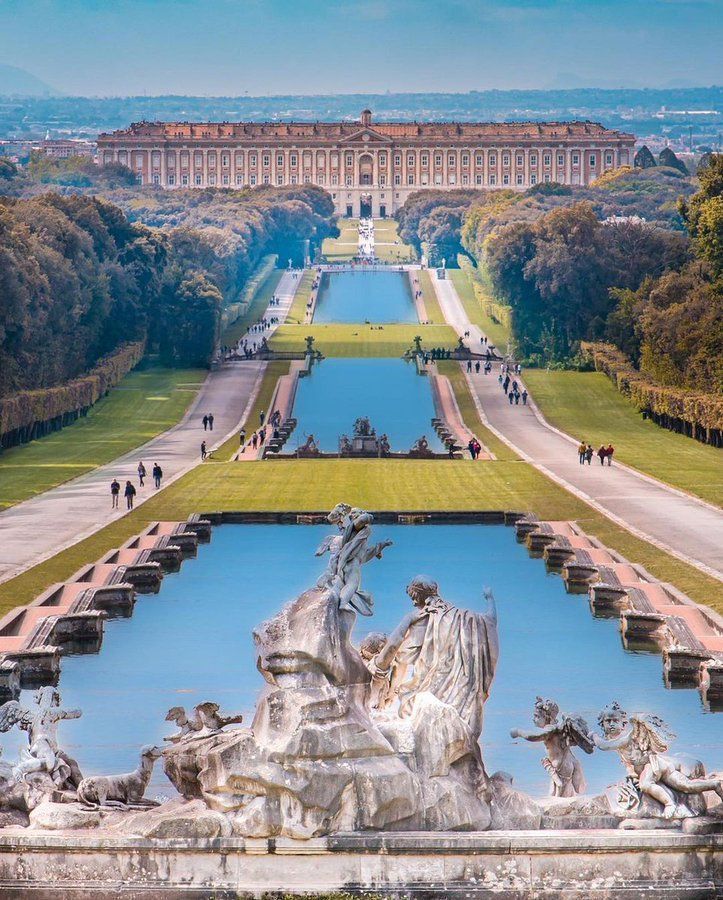You've never seen ancient engineering like this before.
This is Pont du Gard, in France, built 2,000 years ago — without any cement.
Here is a look into the breathtaking world of Roman aqueducts...🧵
This is Pont du Gard, in France, built 2,000 years ago — without any cement.
Here is a look into the breathtaking world of Roman aqueducts...🧵

1. Pont Du Gard, Gard, France (60 AD)
The most famous of all Roman aqueducts and rightly so — it's held up by the precise cutting in the stone and gravity alone.
All of this while carrying 44 million gallons of water, daily, to the city of Nîmes.
The most famous of all Roman aqueducts and rightly so — it's held up by the precise cutting in the stone and gravity alone.
All of this while carrying 44 million gallons of water, daily, to the city of Nîmes.

It’s also the tallest Roman aqueduct bridge still standing.
50,000 tons of limestone were used in its construction, taking 15 years to build.
50,000 tons of limestone were used in its construction, taking 15 years to build.

2. Aqueduct of Segovia, Spain (112 AD)
Also built mostly without mortar, it was reconstructed many times.
Most famously during 15th century by the Catholic Monarchs, Queen Isabella and King Ferdinand.
Also built mostly without mortar, it was reconstructed many times.
Most famously during 15th century by the Catholic Monarchs, Queen Isabella and King Ferdinand.

While many Roman monuments fell into ruin, the aqueduct kept working for 1,800 years.
It was only replaced in 1973 by a modern water distribution system.
It was only replaced in 1973 by a modern water distribution system.

3. Aqua Claudia, Rome, Italy (52 AD)
Emperors Caligula and Claudius funded this 69 km aqueduct, allowing it to supply the city for over 400 years.
Emperors Caligula and Claudius funded this 69 km aqueduct, allowing it to supply the city for over 400 years.

It transported water from the Anio Novus and Caeruleus springs to Rome and was one of the four great aqueducts feeding the imperial capital.
The other three were: Aqua Anio Vetus, Aqua Marcia and Aqua Anio Novus.
The other three were: Aqua Anio Vetus, Aqua Marcia and Aqua Anio Novus.

4. Los Milagros Aqueduct, Mérida, Spain (300 AD)
Also known as the "Aqueduct of Miracles," it's one of the best-preserved Roman aqueducts.
Also known as the "Aqueduct of Miracles," it's one of the best-preserved Roman aqueducts.

5. Aqueduct of Diocletian, Split, Croatia (4th century AD)
It was built to supply Diocletian’s massive palace, using water from a spring 9 km away.
Parts of it are still function today, but mostly for agriculture.
It was built to supply Diocletian’s massive palace, using water from a spring 9 km away.
Parts of it are still function today, but mostly for agriculture.

6. Valens Aqueduct, Istanbul, Turkey (368 AD)
Located in the heart of ancient Constantinople and in the middle of modern-day Atatürk Boulevard.
Located in the heart of ancient Constantinople and in the middle of modern-day Atatürk Boulevard.

Some recent findings suggest something shocking — all of its branches possibly stretched for over 336km (some suggest as high as 500km).
That’s three times longer than what could have been found in Rome.
That’s three times longer than what could have been found in Rome.

7. Aqueduct of Zaghouan, Tunis, Tunisia (128 AD)
It carried water for 132km, supplying the ancient city of Carthage.
The water would flow into the La Malga Cisterns, that could hold 60,000 cubic meters of water at a time.
It carried water for 132km, supplying the ancient city of Carthage.
The water would flow into the La Malga Cisterns, that could hold 60,000 cubic meters of water at a time.

8. Pont d'Aël, Aosta Valley, Italy (3BC)
Today, it's used as a bridge but its inscription still reminds us of the time of Augustus, the time of its construction.
Today, it's used as a bridge but its inscription still reminds us of the time of Augustus, the time of its construction.

9. Les Ferreres Aqueduct, Tarragona, Spain (14 AD)
Also known as the "Devil's Bridge" because of the belief that only the devil could build it to last for 1,000 years.
Also known as the "Devil's Bridge" because of the belief that only the devil could build it to last for 1,000 years.

10. Aqua Alexandrina, Rome, Italy (235 AD)
This was one of the last aqueducts ever built by the Empire with 10 out of its 14 miles being made up of arches.
It was also the final aqueduct to be completed out of the 11 that supplied Rome.
This was one of the last aqueducts ever built by the Empire with 10 out of its 14 miles being made up of arches.
It was also the final aqueduct to be completed out of the 11 that supplied Rome.

• • •
Missing some Tweet in this thread? You can try to
force a refresh




















